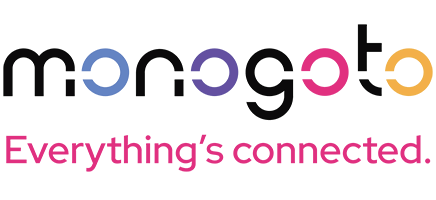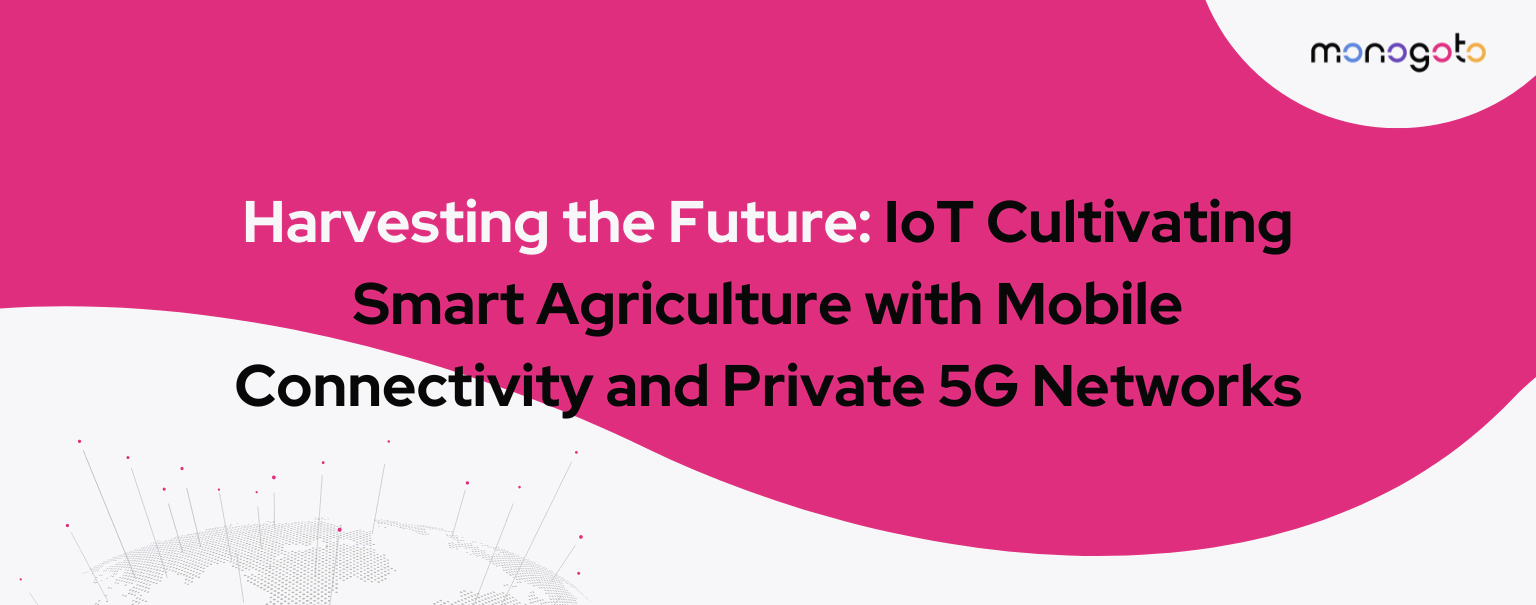The Industrial Internet of Things (IIoT) refers to the use of IoT-connected devices and services in tough or harsh conditions and environments such as deep underground in mines, exposed to the elements in solar and wind power installations, or on construction vehicles or ships. IIoT is often used for tasks such as automation, remote monitoring or predictive maintenance that are difficult for humans to accomplish because of gruelling conditions or distant locations. While IIoT is a subset of IoT, it has its own set of challenges and requirements, and, as is typical of IoT projects, these need to be considered at the start of any project.
In this article, we will consider the top five IIoT stumbling blocks, and possible solutions.
IIoT challenge 1: High upfront investment cost
IIoT can help organizations to enhance their asset management, business intelligence, predictive maintenance, process automation, and remote maintenance management, all to increase productivity, drive efficiencies and reduce long-term costs. However, the high cost, particularly if they are new to implementing IIoT and can’t fully quantify potential results or returns, makes it difficult to commit.
As a hardware-intensive activity, an IIoT project is expensive to get off the ground. For instance, while low-cost kits such as Raspberry Pi and Arduino are widely available, they are best suited for rapid prototyping and entry-level IoT experimentation. The harsh environment of commercial IIoT applications means you need equipment that is more robust, and therefore more expensive, that will survive in place for years. Even a cheaper option of retrofitting existing devices with sensors and data-transmission capabilities is costly.
One way to manage upfront costs is by identifying where traditional cost structures are not necessary. For example, pay-as-you-go connectivity based on cloud computing price structures will ensure you only pay for what you need, when you need it. Connectivity costs then expand in line with the project, without adding to the high cost of implementation.

Challenge 2: Secure data storage and management
If you think we’re experiencing an excess of data today, wait until IoT and especially IIoT implementations ramp up. IIoT is seen as the number one contributor to the eye-wateringly large data volumes forecasted, such as IDC’s estimate that by 2025 global data volume will reach 175 zettabytes.
To make IIoT projects work, the huge data volumes created by your connected assets needs to be collected and organized, then converted into insights that create value quickly and accurately.
Successful IIoT implementations need to streamline data monitoring, management, and storage to balance security with data processing and analytics. This could involve a mix of edge computing and centralized cloud-based computing for controlling the fleet of devices effectively.
Challenge 3: Connectivity
Unsurprisingly, connectivity is at the heart of IIoT implementations. And there are several things to decide upfront when choosing the right devices and their connectivity, for your specific use case. These include how frequently and over what distance your IIoT devices need to transmit data, power consumption requirements, and the type of connectivity most suited for your project. IIoT applications may even require a mix of connectivity solutions.
Remember that the connectivity needs to work bi-directionally, and because IIoT implementations often require devices and sensors to be positioned in remote or dangerous to-reach locations, a remote management strategy is essential. You will want to communicate with your devices, wherever they are, to update device configurations or perform remote firmware upgrades..
Connectivity for IIoT projects also needs to be constant and uninterrupted. While maximum connectivity uptime is a requirement across all digital services, with IIoT, downtime can have dire consequences. Sensors failing could result in toxic gas leaks, or smart grid downtime could affect entire cities.
Of course, some downtime is inevitable thanks to, among other reasons, planned or unplanned maintenance, or faults. But the ideal IIoT connectivity vendor must avoid downtime and meet the connectivity requirements specific to your industry.
Challenge 4: Combining IIoT technology with legacy infrastructure
IIoT projects are rarely greenfield situations. Instead of working in a vacuum with a blank slate, the objective of many projects is to unlock value in existing systems and to optimize current operations. This means that new IIoT projects need to combine new devices and technology with legacy systems and equipment made by a range of manufacturers.
This can make it challenging for IT admins and OT engineers who need full transparency, access and control over the operation from end to end. This cat’s cradle of technologies and equipment, combined with the relative youth of the industry, means there are no standards for how data travelling between various systems, devices, and machines should be processed. Benchmarks for interoperability and securing systems that include “non-smart” legacy equipment are still emerging.
And all these systems need to be integrated to cope with the high volume of data generated by IIoT. This data is likely to be heterogenous, requiring management with a non-relational database. Consider a business running vibration sensors for predictive maintenance and expanding its device fleet with vibration sensors. Suddenly, new data is sent, using a particular data format, different wireless technology, and new IP protocol which needs to be processed.This needs to be accommodated for.
Challenge 5: Access to IIoT skills
A critical success factor in achieving the promised ROI from IIoT projects is access to the right skillset. Currently, a shortage of IIoT skills and expertise is hampering organizations’ abilities to implement their IIoT projects. These skills are varied and include data integration expertise, and experience with cellular connectivity, security, over the air firmware updates and power optimization.
Companies can’t bide their time, waiting for the right skills and experience to emerge while their competitors pull ahead with IIoT projects. It is vital that organizations tap into existing and growing networks, ecosystems and platforms to move forward with their IIoT ambitions.
It’s hard to see a future without IoT for industrial purposes. It has so many tangible benefits, from optimizing operations, to increasing productivity to improving safety. Tapping into the burgeoning IoT and IIoT industry ecosystem, and partnering with experts and specialists is going to be critical to ensure the success of your projects. Evaluate these challenges and how they apply to your situation upfront, and look for partners, such as Monogoto, that can help you overcome them without you needing to do it yourself.







